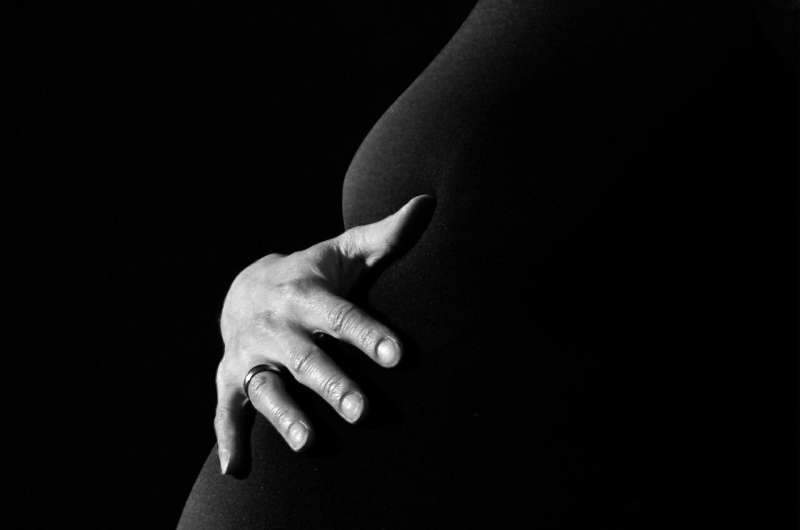
Source: Pixabay/CC0 Public Domain
New research shows obesity rates among pregnant women in Victoria have been steadily increasing over the past decade, raising concerns about the health risks for both mothers and babies.
The study, published in the Australian Medical Journalis the first study to examine the prevalence of obesity in a large cohort of mothers in Australia over time.
The findings, led by a team from Deakin University’s School of Nursing and Midwifery and Western Health’s Women’s and Children’s Division, show that obesity rates are highest in areas of Victoria where deprivation is greatest and where access to health care is often more difficult.
Professor Linda Sweet, from Deakin’s Institute for Health Transformation (IHT) and Head of the Department of Obstetrics at Western Health, said the findings were concerning given the increased risk of complications during pregnancy and childbirth for women who are significantly overweight.
“Obesity increases the risk of gestational diabetes, high blood pressure, blood clots and unplanned caesarean sections,” said Professor Sweet.
“There is also an increased risk of stillbirth, preterm birth and birth-related trauma in both mothers and their babies.”
The researchers used anonymised Victorian Perinatal Data Collection data for all births between 2010-2019, looking at maternal body mass index (BMI). Their findings included:
- At the state level, the rate of maternal obesity has increased from 19.63% to 21.54% of all pregnancies,
- The number of pregnant women with extreme obesity has increased by 65% in the past decade,
- In regional areas, the maternal obesity rate increased from 25.04% to 29.13%.
- The Mallee region, where the economic gap is greatest, also saw the greatest change in the percentage of obese women: from 24.5% in 2010 to 31.8% in 2019.
Glyn Teale, a senior lecturer at Western Health, has set up a dedicated antenatal clinic to support obese pregnant women in achieving healthy pregnancies. He said antenatal care for obese women may require a range of medical and allied disciplines, including obstetricians, midwives, doctors, anaesthetists, mental health professionals, dieticians and physiotherapists, and that outpatient care is more often needed.
“Regional health services may have fewer staff and specific equipment available to manage the complex care of pregnant women with a high BMI, particularly those with extreme obesity,” said Associate Professor Teale.
“It is essential that regional health services are adequately resourced to meet the needs of increasingly at-risk maternity populations. However, if socioeconomic and health disparities in regional populations are not addressed, obesity rates may continue to rise.”
More information:
Yvonne E Baker et al, Obesity in women giving birth in Victoria, 2010–2019: a retrospective cohort study, Australian Medical Journal (2024). DOI file: 10.5694/mja2.52387
A map showing the change in maternal obesity rates in Victoria over time can be seen here.
Quote: Obesity rates during pregnancy prompt concern for mothers, babies (2024, August 13) Retrieved August 13, 2024 from https://medicalxpress.com/news/2024-08-obesity-pregnancy-prompt-mothers-babies.html
This document is subject to copyright. Except for fair dealing for private study or research, no part may be reproduced without written permission. The contents are supplied for information purposes only.
 Healthy Famz Healthy Family News essential tips for a healthy family. Explore practical advice to keep your family happy and healthy.
Healthy Famz Healthy Family News essential tips for a healthy family. Explore practical advice to keep your family happy and healthy.


